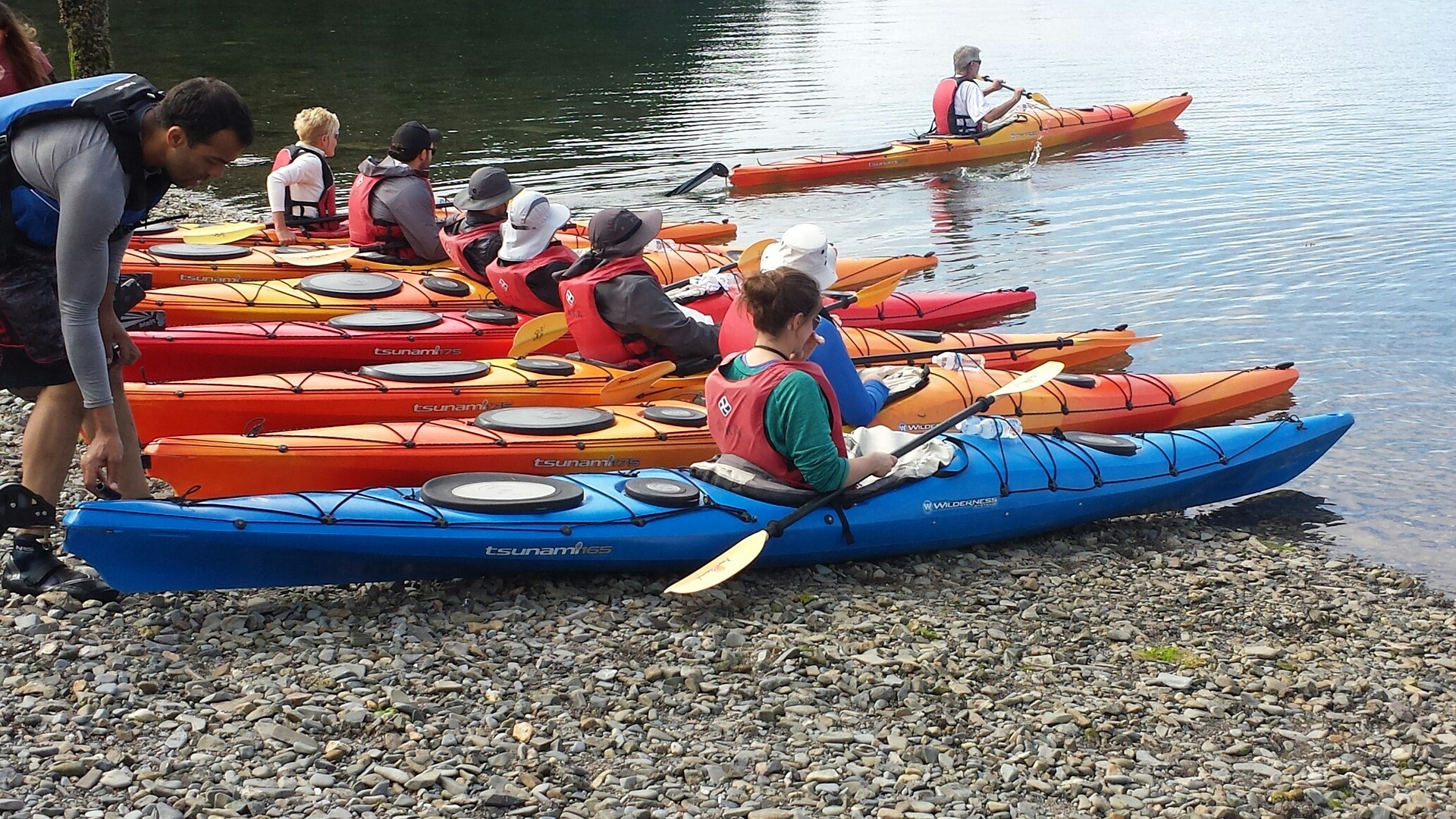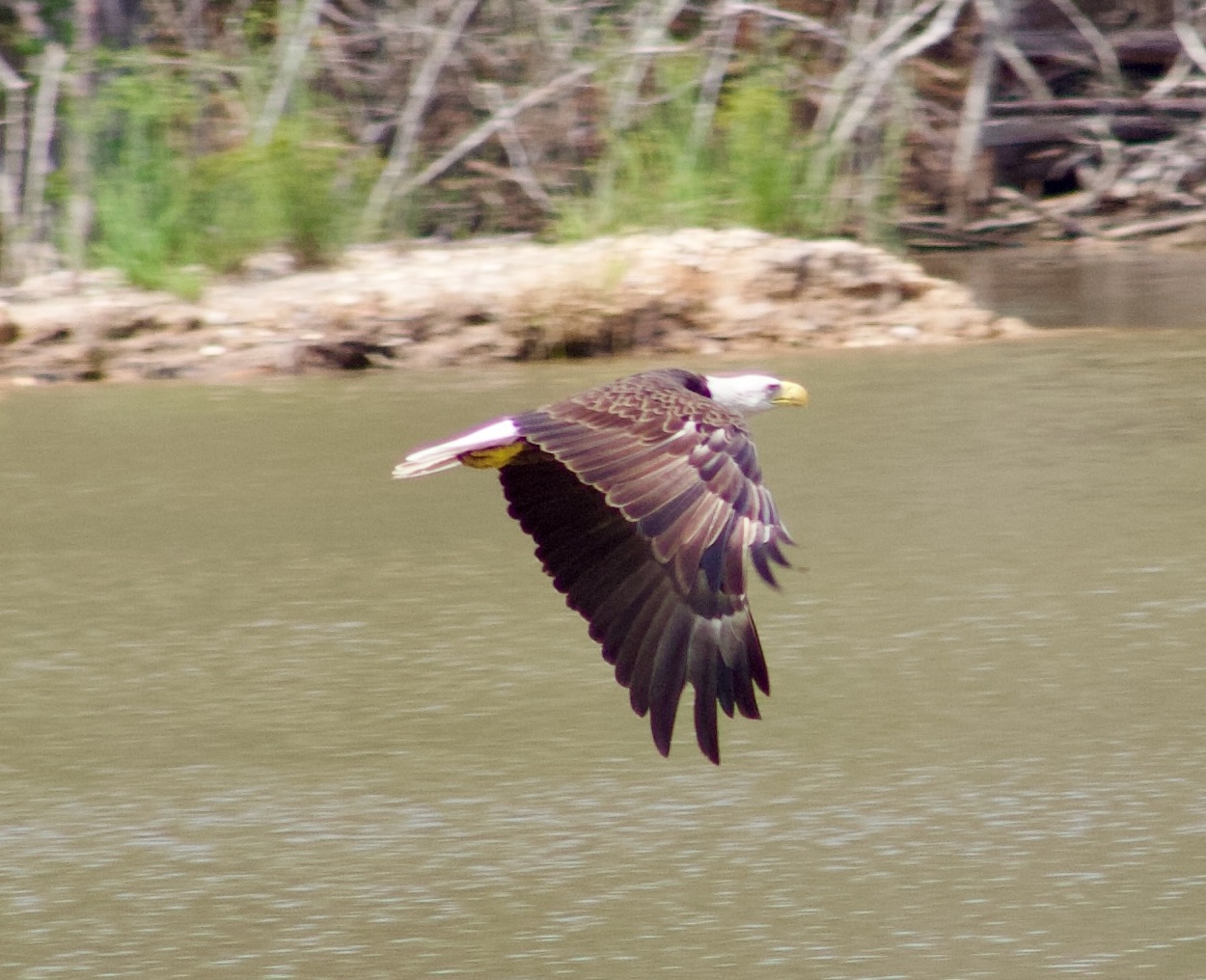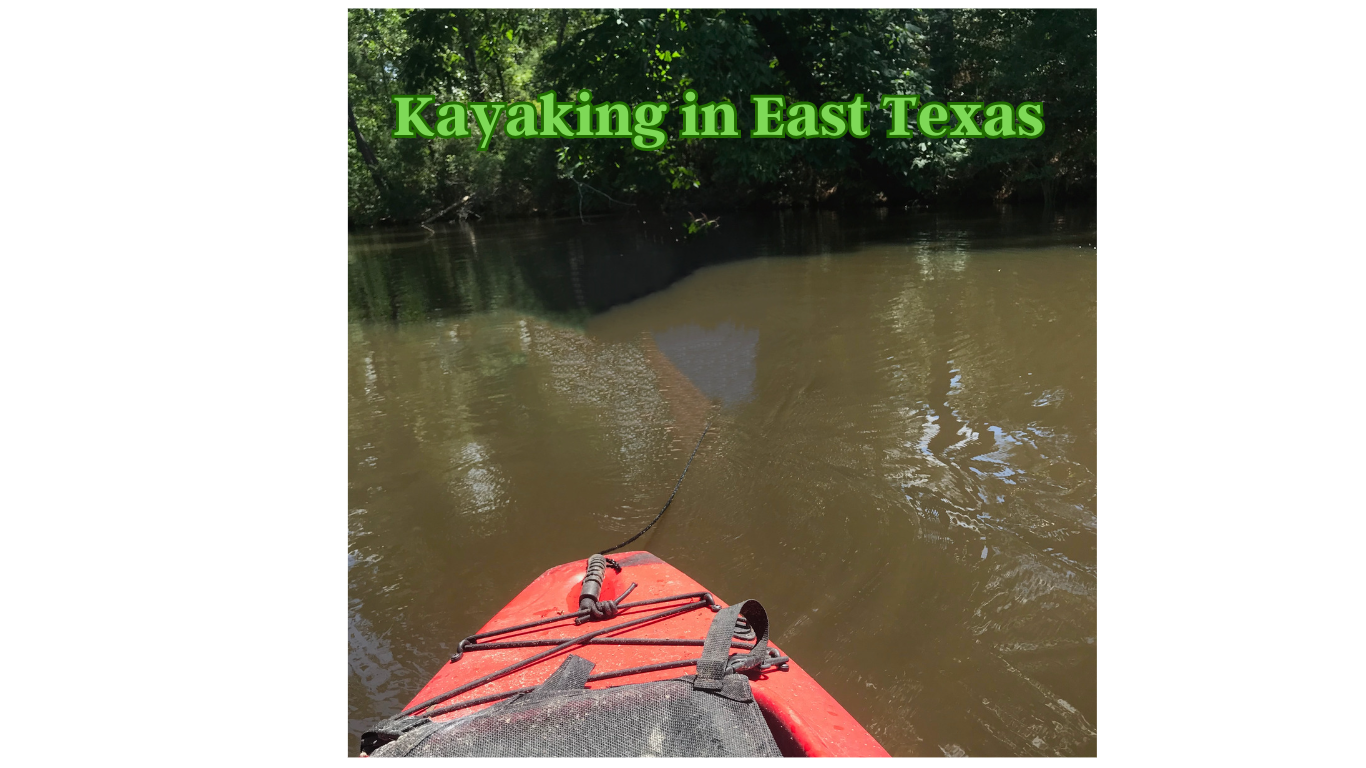
A Beginner’s Class of Kayakers
(Photo by cherylgnad on Pixabay)
Women in kayaks. Kayaking is one of the things I love to do for summer exercise, but I don’t get out often enough. I’ve taken a beginner’s kayak class and found it invaluable. This coming summer I would like to go out on the “big” lake. I’m sure it will test my minimal skills. Since I am a women usually kayaking alone, I thought I’d go back to basics and put together a refresher article while doing my research.
Embarking on a kayaking adventure is an exhilarating experience, whether you’re exploring calm lakes, navigating winding rivers, or tackling the open ocean. As a beginner, however, it can be intimidating to take on this new outdoor activity. In this guide I’ll help you learn the essentials for a successful paddling experience. From choosing the right kayak and gear to honing your paddling techniques, this article will provide you with the tips and tricks you need to get started with confidence.
1. Choosing the Right Kayak
There are various types of kayaks available, each designed for specific purposes and water conditions. When selecting a kayak, consider your skill level, the environment you’ll be paddling in, and your personal preferences.
1.1 Sit-On-Top vs Sit-Inside Kayaks
Sit-on-top kayaks are beginner-friendly, offering excellent stability and ease of entry and exit. They’re perfect for warm water and casual recreational paddling. However, they may not be suitable for colder conditions, as you’re more likely to get wet.
Sit-inside kayaks, on the other hand, have a cockpit that encloses your lower body, providing better protection from the elements. They’re more efficient and comfortable for long-distance paddling but can feel confining for some beginners. (As a sidenote, my beginner’s kayak is a sit-inside one because I felt it would be safer to hold a dry bag for accessories – phone, camera, keys, etc. – and I would be less likely to lose it.)
1.2 Single vs Double Kayaks
Single kayaks are lighter and more agile, ideal for solo paddlers. Double kayaks, or tandem kayaks, have two seats and are great for couples or pairs with varying skill levels. They’re heavier and require coordination between paddlers but can be more efficient once you’ve found your rhythm.
2. Kayaking Gear and Clothing
When kayaking, it’s crucial to have the right gear and clothing to ensure a safe and enjoyable experience.
2.1 Essential Kayaking Gear
Make sure to have the following items when you hit the water:
- Personal Flotation Device (PFD): A life jacket is a must for all kayakers, regardless of skill level or water conditions.
- Paddle: A sturdy, lightweight paddle that’s suited to your height and paddling style is essential.
- Helmet (for whitewater kayaking): A helmet can protect your head from rocks and other hazards in rough waters.
- Dry bags: Store your belongings in waterproof bags to keep them safe and dry.
2.2 Proper Clothing
Dress for the water temperature and conditions, avoiding cotton and opting for quick-drying synthetic materials. Some recommended clothing items include:
- Rash guard or moisture-wicking shirt
- Boardshorts or quick-drying pants
- Neoprene footwear or water shoes
- Hat and sunglasses (with a retainer strap)
- Wetsuit or drysuit (for colder conditions)
3. How to Transport a Kayak
Transporting your kayak can be challenging, especially as a beginner. Renting a kayak from a waterfront outfitter can simplify this process. However, if you need to transport your kayak, here are some options:
- Roof rack system: Secure your kayak to your vehicle’s roof using a specialized kayak rack or foam blocks and straps.
- Inflatable or foldable kayaks: Portable kayaks can be packed into a bag or box, making transportation a breeze.
4. Adjusting Your Kayak for Comfort and Stability
A well-adjusted kayak is more stable and comfortable to paddle. Here’s how to ensure a proper fit:
- Sit with your back firmly against the seatback and adjust the angle for comfort.
- Place your feet on the footpegs, ensuring a slight bend in your knees.
- Make sure your bent knees are in firm contact with each side of the cockpit.
5. Launching Your Kayak
Launching your kayak from a gradually sloping shoreline is ideal. Follow these steps:
- Place your kayak perpendicular to the shoreline, with the bow facing away from the shore.
- Stand over the kayak, straddling the cockpit.
- Lower yourself onto the seat, then slide your feet into the cockpit.
- Scoot back into the seat and settle your feet onto the footpegs.
- Paddle away from the shore, navigating any waves or boat wakes.
6. Kayak Paddling Techniques
Mastering basic kayak strokes and navigation is essential for a successful paddling experience.
6.1 The Forward Stroke
The forward stroke propels your kayak through the water. Follow these steps:
- Immerse your paddle blade fully in the water next to your feet.
- Rotate your torso as the blade moves behind you, pushing against the shaft with your upper hand.
- When your hand reaches just behind your hip, slice the blade out of the water.
6.2 The Reverse Stroke
The reverse stroke acts as a brake or moves your kayak backward. It’s the opposite of the forward stroke: immerse the blade next to your hip, push with your lower hand, and slice the blade out near your feet.
6.3 The Sweep Stroke
The sweep stroke helps turn your kayak. Perform a wide arc with your paddle blade on one side of the boat to turn in the opposite direction.
7. Using Rudders and Skegs
Rudders and skegs help with kayak tracking and steering, but beginners may find them challenging to use. As a beginner, it’s best to practice without them to improve your paddling technique.
8. Safety Precautions for Kayaking
Follow these safety guidelines to ensure a safe and enjoyable kayaking experience:
- Paddle with a buddy or join a guided tour.
- Stay within your limits and never paddle farther from shore than you can swim.
- Research potential hazards, water conditions, and weather forecasts.
- Always wear a PFD and appropriate clothing.
- Carry essential safety gear, such as a whistle, first-aid kit, and headlamp.
9. Tips for Your First Kayaking Adventure
When planning your first kayaking trip, keep these tips in mind:
- Choose a calm, small body of water with minimal boat traffic.
- Launch from a gently sloping, sandy beach.
- Paddle on a sunny, windless day.
- Start by paddling into the wind, making your return trip easier.
- Plan for a short excursion, no more than two hours.
10. Overcoming Common Kayaking Fears
Address common fears, such as capsizing or encountering wildlife, by practicing self-rescue techniques, building physical endurance, and seeking guidance from experienced paddlers or tour operators. This is important. In my class they made each of us “roll over” so that we weren’t afraid of falling out of the kayak, and then knew how to climb back in safely. This is the most important thing to learn when kayaking.
Now that you’re armed with the essential knowledge to begin kayaking, it’s time to get out on the water and start your own paddling adventure. I will be out on the “big” lake learning new skills and enjoying the kayaking season.














One thought on “Women in Kayaks: A Beginners Guide”